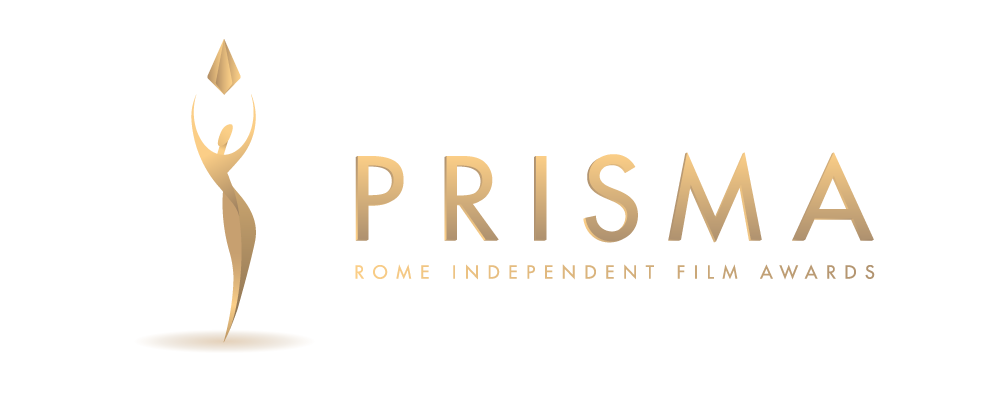21 Giu An interview with Justin Tang, director of “Better Together”
Justin Tang
«I believe cinema to be a conglomerate of media, old and new. And what makes it so special is its innate need for collaboration as a means of success. Each member is key, each skilled and passionate on their own niche specializations, coming together to build something bigger than themselves. It’s an amazing product with an even more amazing process behind it.»
BIO
Justin Tang is a cinematographer and colorist based in Los Angeles & Hong Kong. He maintains a creative vision that emphasizes the development of visual language grounded on directorial intention and collaboration.
Over the past year, Justin has shot several different narrative shorts, commercials, web content, and music videos like Postcard Boy/carwash’s new releases “Polka-dot” and “On The Hillside”, as well as work with brands like Meta, Synthesis, and Square. Other photographic works include short films Grey Area, When I Die, To The Moon and Back, and Strawberry under OYNX Films, all currently in festival circulation.
Unlike the film, the conflict didn’t come between family. But the physicality of it was definitely something I developed from running these anxious scenarios in my head. I wrote out these characters as extensions of how I made myself feel. At times it was visceral and heavy guilt-tripping, like Leung, but there are also moments of compassion like Jennifer and Yuen, an accepting of the path I’ve chosen and what comes of it. Throw all these personas into a family and the drama unveils itself quite naturally.


The atmosphere of discomfort and incommunicability in this short film relies more on the gazes and the unspoken rather than on dialogue. Tell us about the process that led you to achieve this result.
I’m glad that this came through. The emotional weight and tension of silence is something that I’ve experienced since childhood. With the way my inner psychology renders familial relationships, noise was good. Whether it was laughter or shouting, noise meant communication and that was always a good thing. But when silence strikes, that to me is when anxieties rise and the danger truly begins to unravel. It’s a transitory state, a period of uncertainty, waiting for whoever decides to speak up, if they would speak up.
In my experience, these moments of silence are when the world really slows down for me, I find my eyes darting, scanning and analyzing every face in the room for a read on their expression. This was a feeling I really wanted to evoke in the cinematography and blocking. In the first dinner scene for example, we gave each character long stagnant takes. And in fact at times, the camera lag behind the character’s actions, often panning or tilting slowly and cautiously, like an observer trying not to offend.
With the gazes between the family – direction, and positioning became a fundamental part in selling this visual motif. Leung holds his eye-line stiffly until he gets his way. Though the camera starts pointing down at him at different intervals across the film, we eventually find ourselves below his eye-line, unable to reach it as he looks onward to his target. With the others, their gazes change sporadically, either in affirmation and understanding of each other, or simply to avoid catching Leung’s line of sight. And it’s not until the end that Hayley learns to lock eyes with her parents, in anger and in sadness.

The film has a strong characterization from the point of view of aesthetics and language. What names would you mention, from the contemporary landscape, as your sources of inspiration?
I was primarily inspired by work from directors across Asia. I have a profound fascination with the operation and power dynamics that exist in the Asian domestic sphere. I find that emotions are quite commonly suppressed, and love emanates from gestures rather than explicit mentioning. This inevitably plays a huge part in constructing characters that affect and impart with subtlety. And we hoped to carry forward this philosophy in the visual language. Rather than subjecting any particular action to dramatic dolly movements or the focal compression from telephoto inserts, we chose to cover actions with some distance, and not to be too forceful with the visual bias.
This is a cinematography style that I find quite endearing, especially in the works of directors like Koreeda, Wong Kar-Wai, and of course the legendary Ozu. I really enjoy the way in which they typically defy cinema’s tendencies to make a spectacle out of something, and instead concentrate on telling the little everyday stories and shedding new light on the mundane.

I had recently wrapped up a micro-feature about a person who struggles with agoraphobia following the death of a close friend. It was quite an intimate production with a small crew, and the challenge really came from finding ways of visually reinventing how the location and its relation to the protagonist throughout the film.
We ended up developing three distinct looks: a high-key cooler-toned feel for the majority of the piece, a claustrophobic low-con one for painful flashbacks, and one with bold mixes of complimentary colors (red-cyan, yellow-green) for appearances of the psychological antagonist “Agora”. Besides that, we also finished some smaller music videos and commercial productions including an extremely fun 100 Thieves collaboration for their new Monaco clothing release.

